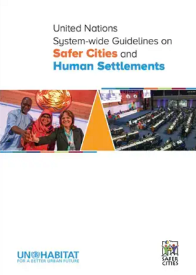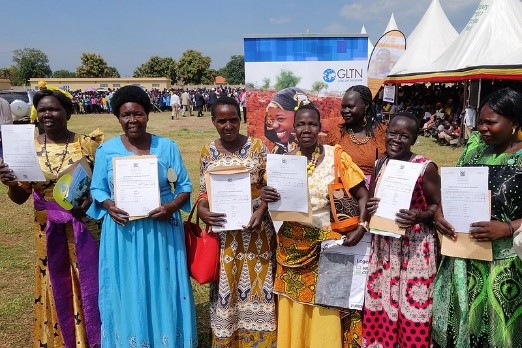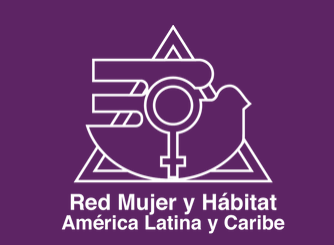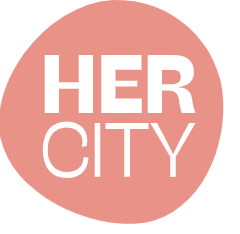Women
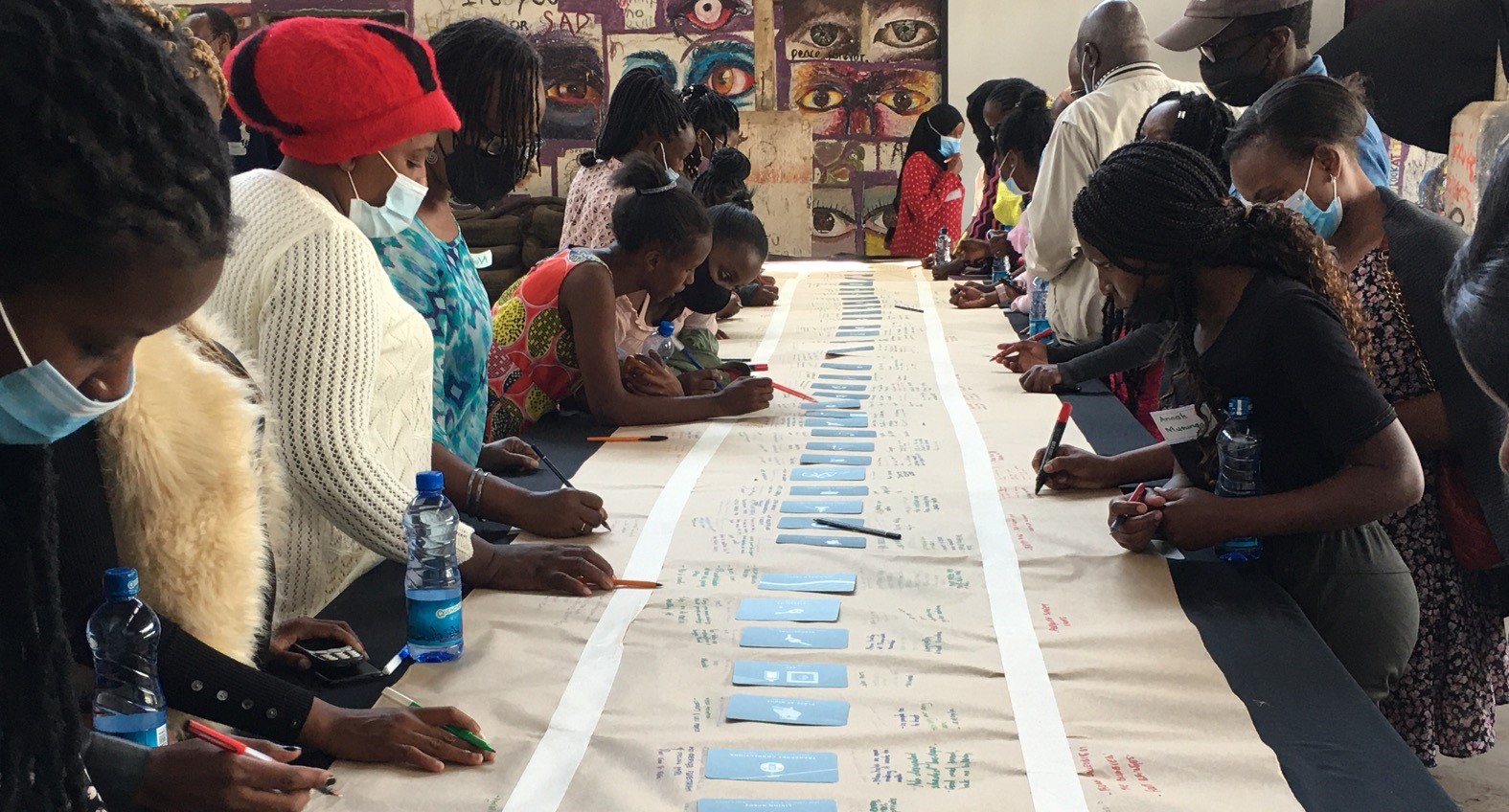
About
Throughout history, women have contributed to sustainable solutions in every aspect of urban life, from culture to ecology, to food security, to human rights. History has proven that in order for societies to be sustainable, gender must be a lens through which all urban and territorial policy-making is considered. Gender-sensitive policies benefit all and unlock transformative potential across the board, altering attitudes, behaviors, and values to generate individual, community, and environmental well-being.
Women and Sustainable Urbanization
Gender equality in sustainable development has been recognized by the international community for some time now, and there has been significant progress in recent years. SDG 5, which is a stand-alone target on gender, and the New Urban Agenda, which not only commits to supporting local governments in implementing gender-responsive approaches but also mentions "gender-responsive budgeting, accounting, procurement, reporting, auditing and oversight" are proof of this.
The structural interlinkages between gender equality and urban sustainable development have been recognized in the 2030 Agenda for Sustainable Development which emphasizes the role of efficient urbanization as the right path towards sustainable development. NUA strategically supports the implementation of the 2030 Agenda, in particular mainstreaming gender equality and women’s empowerment across all social development goals. While SDG 11 calls for making cities and urban settlements inclusive, safe, resilient and sustainable, and commits to provide universal access to safe, inclusive and accessible, green and public spaces, with explicit reference to women.
Women and the New Urban Agenda
The New Urban Agenda aims at achieving gender equality, empowering all women and girls, ending violence against women and creating safe cities and safe public spaces. It strives towards female economic empowerment, leadership and governance (13c, 39, 42, 59, 106, 114 etc.).
Challenges and Opportunities
Many cities in the developing world have a predominantly larger or growing population of women and girls, reflecting that rural-urban migration is gendered. There is therefore a great need to ensure that cities are inclusive and gender-responsive so as to address the needs and priorities of women and girls. Recognizing the different and changing nature of gender needs can help cities to reimagine and reshape cities in a more gender-inclusive way, where the community, practitioners, and governments can unlock new economic and social opportunities to promote prosperity for all.
Furthermore, the global COVID-19 pandemic has also underscored the gendered effects of crisis and emergencies, with exacerbated effects for women and girls simply by virtue of their gender. The gendered economic and social impacts of the pandemic also need attention, as they inherently risk bringing more harm to women and girls, by exposing them to violence or reinforcing entrenched gender norms and practices. Women and girls also faced disproportionate impacts that were worsened in fragile, conflict-related and emergency situations.
Despite these and many other efforts on equality, empowerment, protection and promotion of women’s and girls’ rights, gender equality remains an elusive promise for many urban women, girls and others at risk of discrimination due to their gender. Discriminatory laws and/or practices can exclude women from ownership of land and property, inheritance or secure tenure, placing them at risk of violations, including sexual violence. Their mobility may be limited, for example, due to inaccessible public transport, be that due to safety issues, accessibility issues or the prohibitive cost of such services, which in turn can affect their economic and education opportunities as well as access to critical services such as health, political decision-making as well as community and public participation.
Her City - Urban Development from a Girl’s Perspective
Involving girls in urban development will make the city better for everyone. Girls plan and design with diversity and different needs in mind. Participatory processes are key for planning a city that works for everyone. If we let citizens that are rarely heard be the experts, our cities and communities will become more inclusive, equal and sustainable.
The purpose of this initiative is to make methods and tools available to urban actors and cities globally. Her City supports cities in scaling up and mainstreaming girls’ participation in planning as a part of their long-term strategies to build sustainable cities and societies. It guides project implementation through a step-by-step methodology providing an open and digitally accessible platform for all.
UN System-wide Guidelines on Safer Cities and Human Settlements
The United Nations System-Wide Guidelines on Safer Cities and Human Settlements provide a standard for how local governments should respond to the challenges of delivering urban safety. They also outline how national and sub-national governments should provide local governments with technical cooperation and assistance.
The goal is to build and promote a vision of urban safety and security that makes society more cohesive and improves quality of life for everyone. This vision should integrate the participation of the community and be inclusive of all residents, especially the most vulnerable groups.
Gender evaluation criteria for large-scale land tools
Despite progress on women’s rights, rights to land and security of tenure are not enjoyed equally by women and men in many parts of the world. This goes against international human rights, and also impacts negatively on households and the economy. Gender issues related to land are complicated. They involve sensitive social and cultural territories and challenge deeply rooted power structures. At the same time, we know that for a land tool to be effective, it needs to go beyond a technical lens and also consider social dimensions such as gender.
The Global Land Tool Network’s work to date on criteria for designing new, or evaluating existing, land tools from a gender perspective is presented in this brochure. The Gender Evaluation Criteria Framework explores how to judge whether a large-scale land tool is sufficiently gender-responsive, to identify where more work needs to be done, and possible entry-points to make a tool equally beneficial to women and men.

